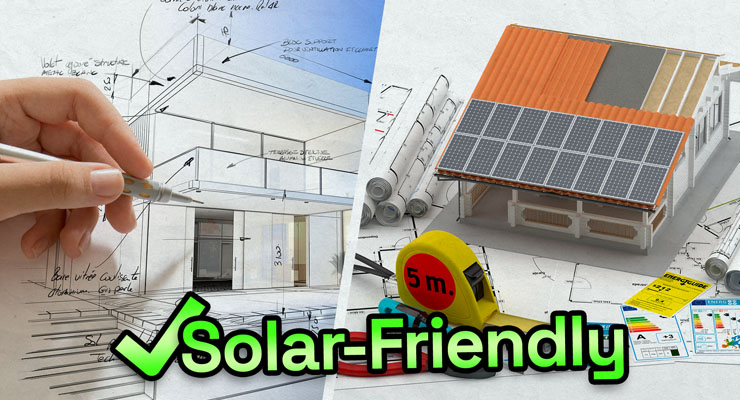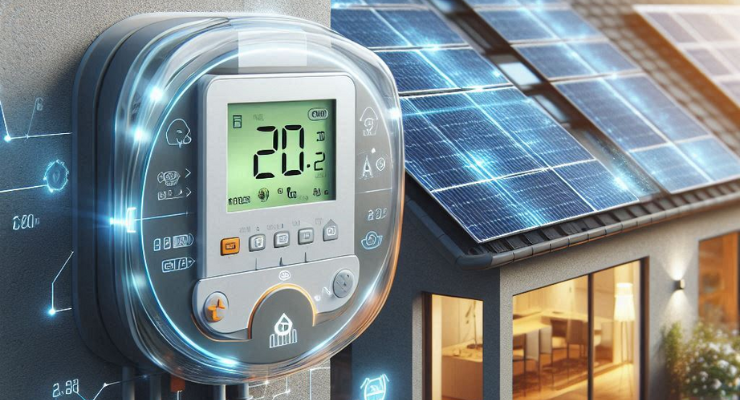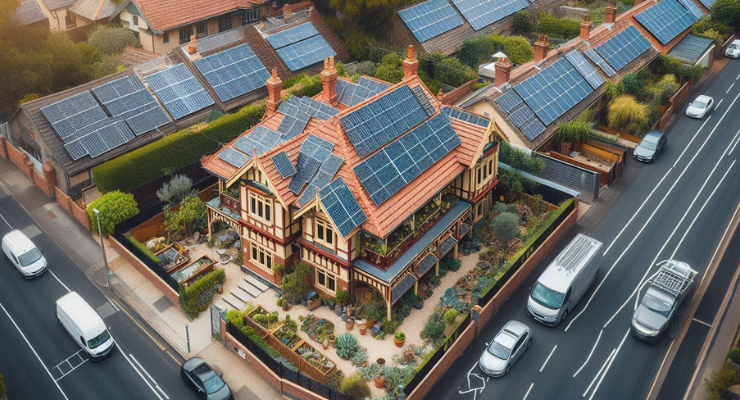Fast read
The rapid shift towards sustainable living is highlighting the importance of roof designs in homes. Historically prioritising aesthetics, many roofs now lack the functionality needed for optimal solar energy installation.
With solar energy presenting both environmental and economic advantages, there's a call to redesign homes for solar friendly accommodation. While Australia's recent construction standards emphasise energy efficiency, the challenges include maintaining architectural diversity and managing costs.
To encourage solar adoption without stifling innovation, an incentive-based approach—offering financial benefits and simplified processes for solar designs—is proposed. As the need for solar-friendly roofs intensifies, the goal remains to balance sustainability with architectural richness.
Solar Friendly Home designs: The future of sustainable housing?
With more focus on living sustainably, people are paying attention to something important in homes: the roof. In the past, architects cared more about how a house looked than how it worked. But now, with solar energy becoming popular, there’s a pressing question: Should architects and builders have to design solar friendly homes that work well with solar power?
Today, we know that using solar energy helps fight climate change and saves resources. So, many think architects and builders should consider solar energy when designing homes.
Designing homes with solar energy in mind is not just good for the environment. It also saves money for the people living in those homes. Things like solar panels and smart roof designs can make a significant impact.
Some say architects and builders should have to design solar-friendly homes. Others worry this might limit creativity and make homes more expensive.
Finding the right balance is important. We can encourage architects and builders to think about solar energy without forcing them. Offering incentives and education can help. This way, we can make progress towards more sustainable homes while still letting architects be creative.
In the end, as more people want to live sustainably, it’s important for architects and builders to think about solar energy. It’s about finding ways to make homes better for the planet without taking away from their beauty and uniqueness.
Historical roof designs and their limitations
A walk down any suburban street reveals a multitude of architectural designs, many sculpted for aesthetics rather than functionality. The hip and valley designs, popular in various parts of the world, are aesthetically pleasing. However, they often restrict homeowners from tapping into the vast potential of solar friendly homes because of inadequate roof space.
As we use more renewable energy, it is important to redesign homes for easier solar panel installation. This is because solar panels are a key component of renewable energy systems. Redesigning homes can make it simpler and more cost-effective to incorporate solar panels. This can help increase the adoption of renewable energy sources in residential areas.
The undeniable logic of solar friendly homes
- Environmental impacts: Solar energy is a game-changer in our battle against climate change. It offers a clean energy, more sustainable alternative to fossil fuels. By making roofs better for solar panels, we’re not just meeting energy needs but also helping the environment.
- Economic gains: The economic implications of solar energy cannot be understated. By reducing electricity bills, households with extra energy can sell it back to the grid and become active energy contributors.
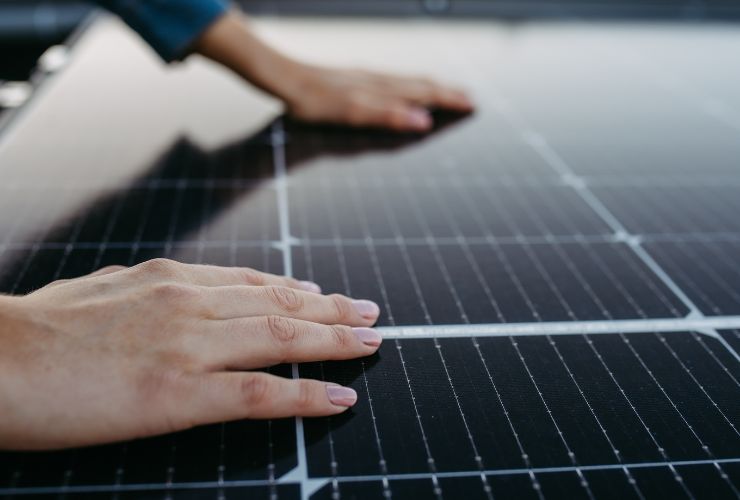
The Australian paradigm shift
Australia has changed its building rules to save energy. Since May 1st, 2023, buildings need to use energy better.
While they don’t say you must use solar power, they hint that it’s a good idea, these rules help make buildings kinder to the planet by reducing wasted energy.
They show that saving energy is now crucial when building.
This means builders and homeowners should think about using solar power to meet these rules and help the planet. A sign that Australia wants to be greener, and solar power can help with that.
The delicate balance
However, the journey to sustainable housing is riddled with challenges. Here’s what we need to consider:
- Preserving architectural diversity: Our cities show off the amazing creativity of architects throughout history. But if we force them to all use the same approach, we might lose that diversity. Instead, we could end up with boring and uninspiring city views.
- Economic implications: Moving towards solar-friendly homes could mean adding extra features, which might make building houses more expensive. With prices going up in real estate markets around the world, there are worries that these requirements could make houses even more expensive, causing problems for people trying to afford homes.
An incentive model
A compromise might lie in adopting an incentive-centric model. Instead of rigid directives, governments could:
- Offer financial incentives like rebates or tax breaks to homeowners opting for solar friendly home designs.
- Streamline and expedite permit processes for eco-friendly constructions.
- Provide subsidies for homeowners willing to retrofit their existing homes to make them more solar-compliant.
Such initiatives not only promote sustainable housing but do so without impinging on individual choices or architectural creativity.
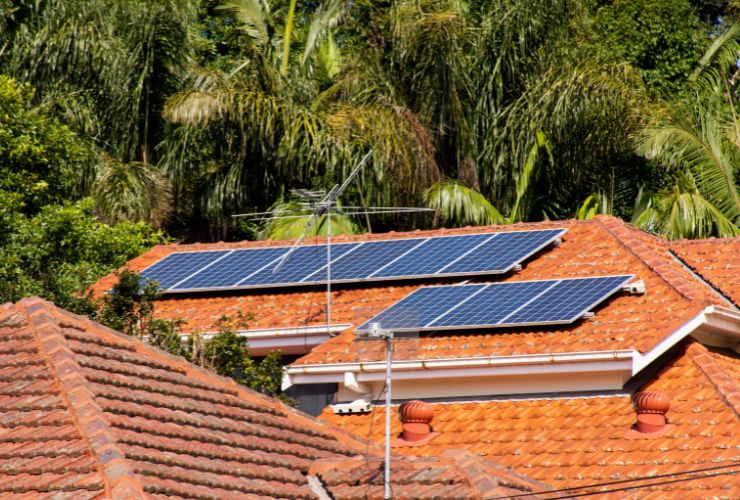
The path forward for solar friendly homes
The transition towards “solar friendly homes” and tackling the inherent “solar energy challenges” is inevitable. Given the urgency of climate change, it’s not just a matter of preference but of necessity. However, as the Australian National Construction standards indicate, there’s a way to encourage solar without stifling innovation or burdening homeowners.
Finding a balance is key in our quest for sustainability. We can have homes that are good for the environment and look great too.
To understand how homes are getting more sustainable, we should look at the journey, not just the result. Homeowners, architects, and policymakers all need to work together, be creative, and share a vision for the future.
In summary, more people want homes that help the environment, like solar-friendly homes. It’s important to think about this carefully. We need to find a way to keep our cities interesting while also being kind to the planet.
